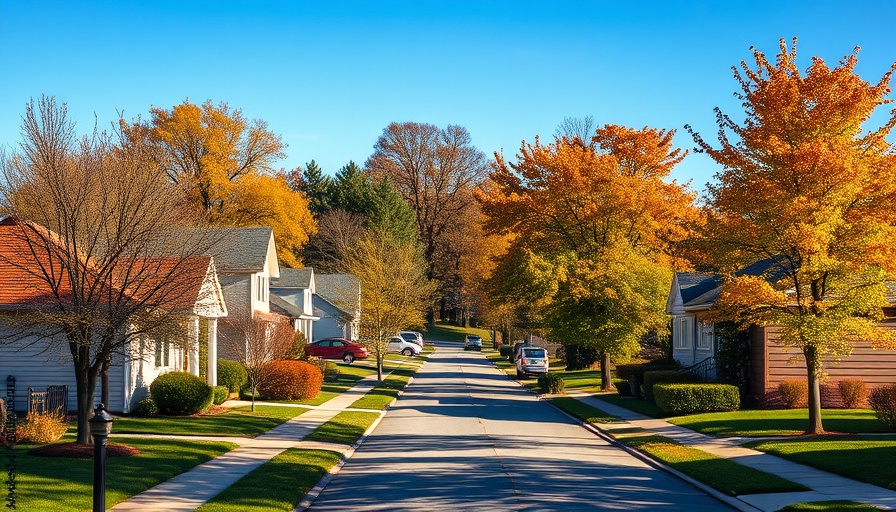
The Changing Landscape of Consumer Prices
Have you ever thought about how much prices for everyday things have changed over the years? As homeowners in northwestern Indiana, these shifts affect our budgets and lifestyle. If you look back just a few decades, the cost of groceries, gas, and even housing looks quite different. In this article, we'll explore how consumer prices have evolved and what that means for us today.
What Did Things Cost Then?
Imagine walking into a grocery store in the 1980s. A loaf of bread might have cost you less than a dollar! Fast forward to today, and you might need to spend two to three dollars for the same item. Each little price increase seems small, but when you add them all up, they can have a big impact on our monthly expenses.
The Impact on Homeowners
For those of us who own homes, rising consumer prices can hit harder than we expect. Utility bills, maintenance costs, and home improvements often go up, making it more challenging to keep everything running smoothly. It's important to budget wisely and be aware of these shifts in prices.
How to Cope with Rising Costs
Your budget doesn’t have to break under the pressure of rising prices. Here are a few tips:
- Create a Budget: Track your spending to see where you can cut back.
- Shop Smart: Look for sales, use coupons, and consider bulk buying to save money.
- DIY Projects: If you're thinking of home renovations, consider doing some tasks yourself to save on labor costs.
Talk About It!
What recent changes have you noticed in your spending? Talking about our experiences can help us learn from one another. Join conversations in local community groups or online forums to share your insights.
Understanding how consumer prices have changed over time helps us make better choices and prepare for the future. As we navigate these shifts together, remember that being informed will help ensure we make smart decisions for our homes and families.
 Add Row
Add Row  Add
Add 




Write A Comment